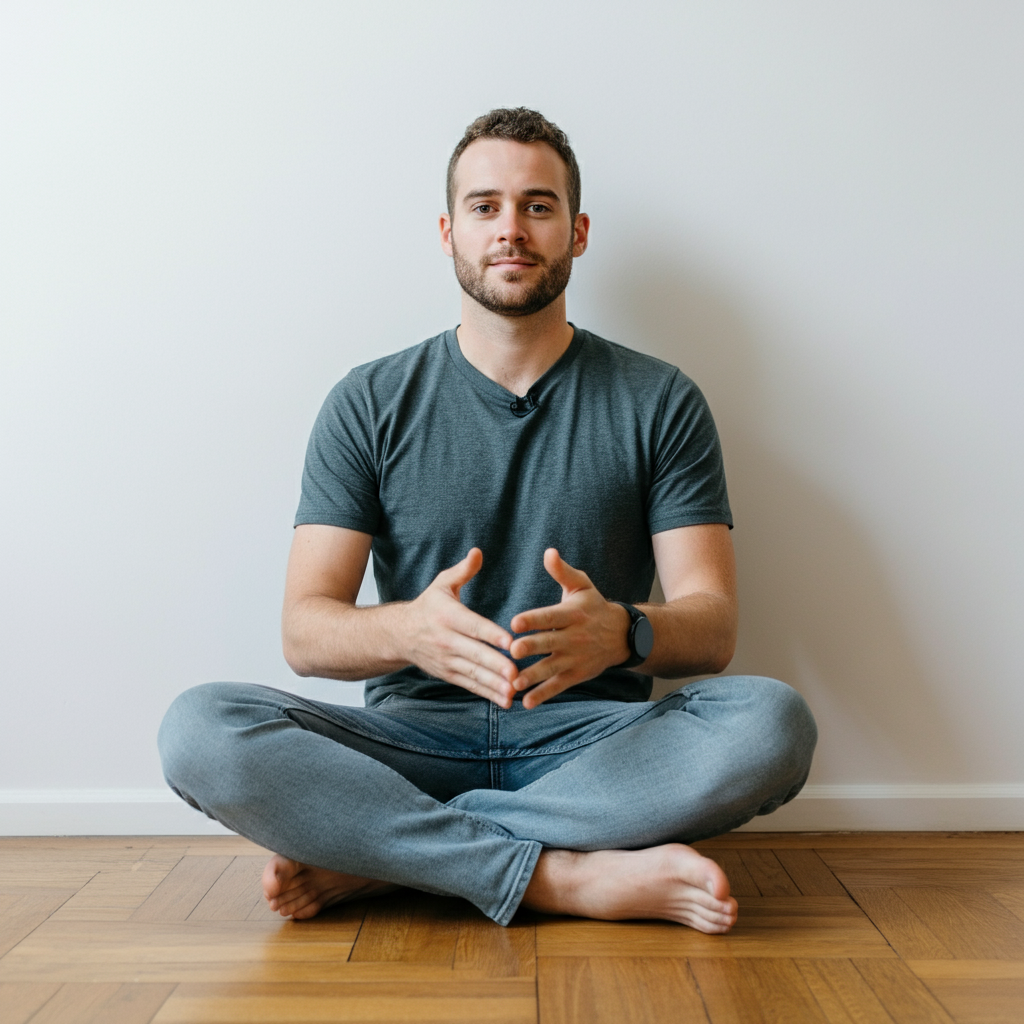Table of Contents
Demographic Characteristics of Stroke Patients in Rehabilitation
In a recent study conducted with 76 stroke patients undergoing rehabilitation, a significant gender disparity was noted, with 93.1% being female and only 6.9% male. This aligns with global trends indicating a higher prevalence of stroke in women, likely linked to hormonal fluctuations and pregnancy-related factors (Lumbantobing et al., 2025). The age distribution revealed that the highest incidence of stroke occurred among individuals aged 25-45, emphasizing the need for targeted interventions within this demographic.
| Demographic Characteristics | Frequency (n) | Percentage (%) |
|---|---|---|
| Male | 18 | 6.9 |
| Female | 242 | 93.1 |
| Age 25-35 | 38 | 50.0 |
| Age 36-45 | 38 | 50.0 |
| Married | 56 | 73.7 |
| Family Income < Rp. 1,000,000 | 30 | 39.5 |
These findings underscore the necessity for healthcare providers to consider gender and age when designing rehabilitation programs, ensuring they are sensitive to the unique challenges faced by different groups.
Key Risk Factors Impacting Quality of Life in Stroke Recovery
Identifying risk factors critical to recovery is essential for improving QoL in stroke patients. A study indicated that social support, sleep quality, self-esteem, hardiness, spirituality, and psychological well-being significantly affect QoL across various domains (Lumbantobing et al., 2025).
| Risk Factors | Influence on QoL |
|---|---|
| Social Support | Positive correlation with psychological well-being |
| Sleep Quality | Direct impact on physical domain QoL |
| Self-Esteem | Influence on social domain QoL |
| Hardiness | Correlates with psychological resilience |
| Spirituality | Enhances coping mechanisms |
Research highlights that patients with strong social support networks experience better psychological outcomes, while those who report good sleep quality tend to engage more actively in rehabilitation, further improving their physical health outcomes.
The Role of Social Support in Enhancing Stroke Patient Outcomes
Social support plays a pivotal role in stroke rehabilitation, as it not only provides emotional backing but also facilitates practical assistance during recovery. The study found that 51.3% of respondents reported good social support, with family being the most significant source (Lumbantobing et al., 2025).
| Source of Social Support | Frequency (n) | Percentage (%) |
|---|---|---|
| Family | 50 | 65.8 |
| Friends | 42 | 55.3 |
| Significant Others | 38 | 50.0 |
This indicates that families play a critical role in enhancing QoL by aiding in daily activities and providing emotional stability. The positive impact of social support can help mitigate feelings of isolation and depression commonly seen in stroke survivors, ultimately leading to better rehabilitation outcomes.
Importance of Sleep Quality and Psychological Well-Being
Sleep quality is a crucial determinant of recovery in stroke patients. The study revealed that good sleep quality was reported by 56.6% of the respondents, and it significantly correlated with improved QoL in the physical domain (p < 0.05) (Lumbantobing et al., 2025).
| Sleep Quality Indicators | Frequency (n) | Percentage (%) |
|---|---|---|
| Good Sleep Quality | 43 | 56.6 |
| Use of Sleeping Medications | 1 | 1.3 |
Furthermore, psychological well-being directly affects QoL, with the study indicating that 50% of respondents experienced good psychological health. This is vital as psychological challenges such as depression and anxiety can hinder recovery.
| Psychological Well-Being | Frequency (n) | Percentage (%) |
|---|---|---|
| Good Psychological Well-Being | 38 | 50.0 |
Influence of Self-Esteem and Hardiness on Rehabilitation Success
Self-esteem and hardiness emerged as significant predictors of QoL in stroke rehabilitation. The study demonstrated that self-esteem positively correlates with the social domain of QoL (p < 0.05) (Lumbantobing et al., 2025).
| Self-Esteem | Frequency (n) | Percentage (%) |
|---|---|---|
| Good Self-Esteem | 40 | 52.6 |
Hardiness, reflecting resilience in facing challenges, was also found to positively impact QoL. The findings suggest that enhancing self-esteem and fostering psychological resilience through targeted interventions could significantly improve rehabilitation outcomes for stroke patients.
| Hardiness | Frequency (n) | Percentage (%) |
|---|---|---|
| Good Hardiness | 41 | 53.9 |
Conclusion
In summary, this analysis highlights the multifaceted factors that influence the quality of life in stroke rehabilitation patients. Social support, sleep quality, self-esteem, hardiness, spirituality, and psychological well-being are all significant contributors to QoL across various domains. Understanding these factors can guide rehabilitation professionals, caregivers, and patients in creating comprehensive care plans that improve patient welfare and support a more effective recovery process.
Frequently Asked Questions (FAQ)
What are the primary factors influencing the quality of life in stroke rehabilitation?
- Key factors include social support, sleep quality, self-esteem, hardiness, spirituality, and psychological well-being.
How does social support affect stroke recovery?
- Social support provides emotional and practical assistance, which can enhance psychological outcomes and encourage patient engagement in rehabilitation activities.
Why is sleep quality important for stroke patients?
- Good sleep quality is linked to improved physical health and recovery outcomes, as poor sleep can hinder rehabilitation efforts.
What role does self-esteem play in stroke rehabilitation?
- Higher self-esteem is associated with better social interactions and coping strategies, contributing to an improved quality of life.
How can healthcare providers enhance the quality of life for stroke patients?
- By addressing the factors that significantly influence QoL, such as encouraging social support networks, promoting good sleep hygiene, and fostering psychological resilience through therapeutic interventions.
References
-
Lumbantobing, V. B. M., Mukti, P., Kosasih, C. E., Rhamelani, P., Anggadiredja, K., & Adnyana, I. K. (2025). Analysis of Factors Affecting Quality of Life (QoL) in Middle-Aged Stroke Patients (Under 65 Years Old) in the Rehabilitation Phase: Multivariate Regression Analysis. Journal of Multidisciplinary Healthcare, 14, 406-418. https://doi.org/10.2147/JMDH.S504851
-
Alsubiheen, A. M., Choi, W., Yu, W., & Lee, H. (2022). The effect of task-oriented activities training on upper-limb function, daily activities, and quality of life in chronic stroke patients: a randomized controlled trial. International Journal of Environmental Research and Public Health, 19(21), 14125
-
van Mierlo, M., van Heugten, C., Post, M. W., Hoekstra, T., & Visser-Meily, A. (2019). Trajectories of health-related quality of life after stroke: results from a one-year prospective cohort study. Disability and Rehabilitation, 40(9), 997–1006
-
Yaghi, S., Raz, E., Yang, D., et al. (2021). Lacunar stroke: mechanisms and therapeutic implications. Journal of Neurology, Neurosurgery, and Psychiatry, 92(8), 823–830. https://doi.org/10.1136/jnnp-2021-326308
-
Kementrian Kesehatan. (2023). Profil Kesehatan Indonesia Tahun 2023.
-
Cano-Mañas, M. J., Collado-Vázquez, S., Rodríguez Hernández, J., Muñoz Villena, A. J., & Cano-de-la-cuerda, R. (2020). Effects of video-game based therapy on balance, postural control, functionality, and quality of life of patients with subacute stroke: a randomized controlled trial. Journal of Healthcare Engineering, 2020, 5480315
-
Millar, D. J., van Wijck, F., Pollock, A., & Ali, M. (2019). Outcome measures in post-stroke arm rehabilitation trials: do existing measures capture outcomes that are important to stroke survivors, carers, and clinicians? Clinical Rehabilitation, 33(4), 737-749










